LA Pride 2020 becomes All Black Lives Matter!
Struggles between LGBTQ+ persons and POC have never intersected more!
Rather than celebrating the accomplishments of the gay rights movement, activists are now proposing that events to shift back to their very radical roots and highlight the struggles of Black Americans.
Los Angeles, city that celebrated the very first Pride fifty years ago has decided to use this golden anniversary not to celebrate one of the biggest Pride festivals in the world, but to to highlight demands for justice for all black lives, particularly black LGBTQ+ people.
So the All Black Lives Matter protest has happened!
The mural of towering letters spelling out “ALL BLACK LIVES MATTER” in the colors of the rainbow sat at the intersection of famous Hollywood Boulevard and Highland Avenue.
Demonstrations and protests over the murder of George Floyd and police excessive force have unpacked intersectionality in the LGBT community.
Obviously the joint effort in breaking down the structural and institutional aspects of racism, sexism, masculinity, and other detrimental issues is a major step in the right direction.
And this really seems as a queer movement we truly want to be a part of!

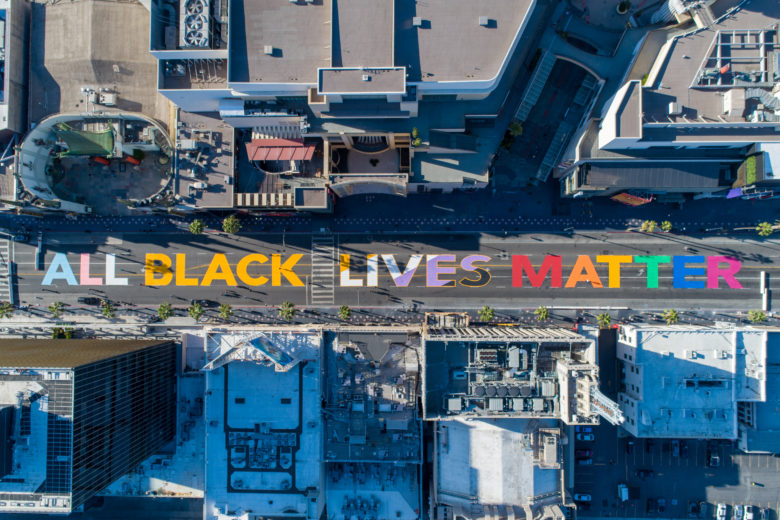

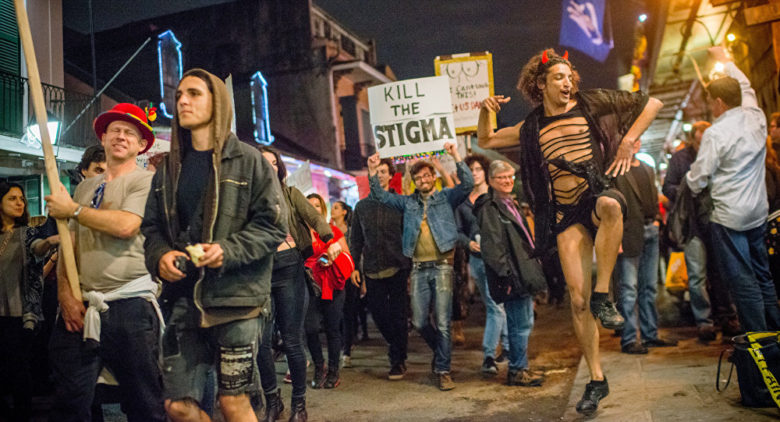














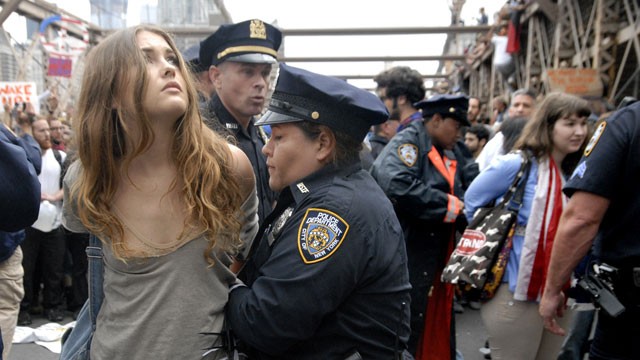
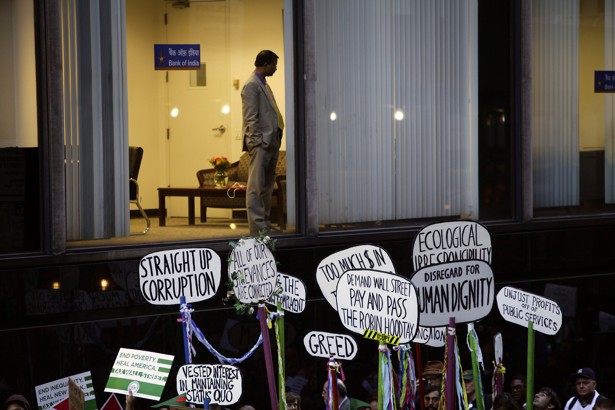
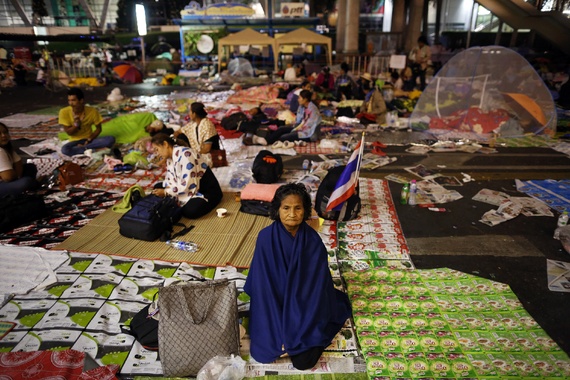
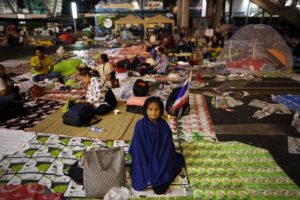

1. Capture the message and spirit of your event
2. Use a variety of shots, media and platforms to showcase the full story of your action.
3. Some basic equipment can help.
4. Be Safe!
5. Encourage everyone to share their experience.